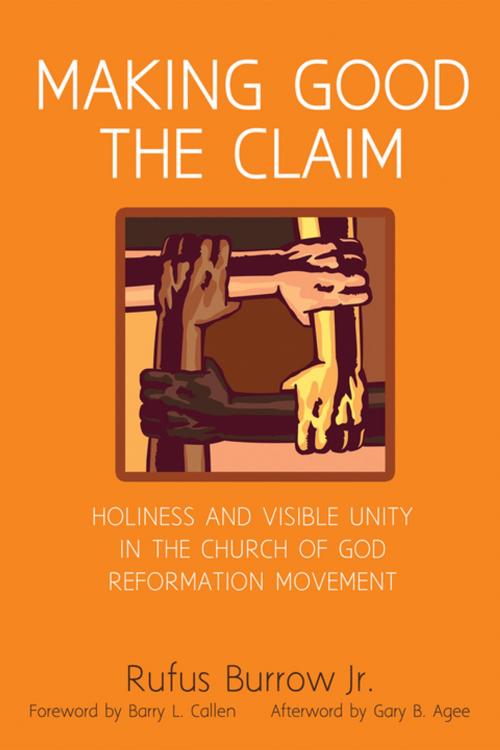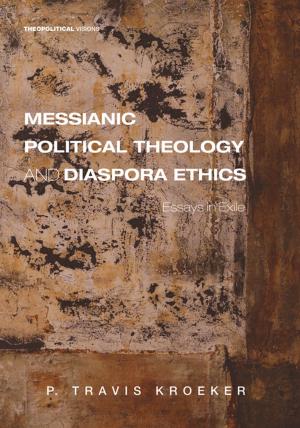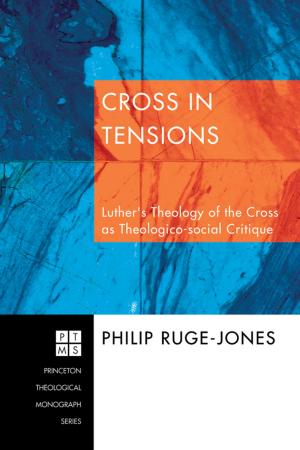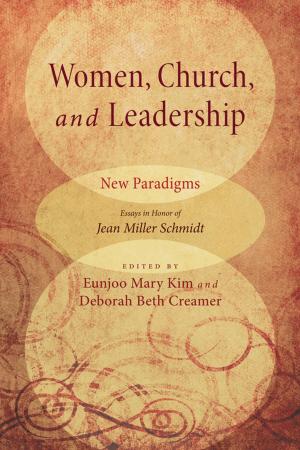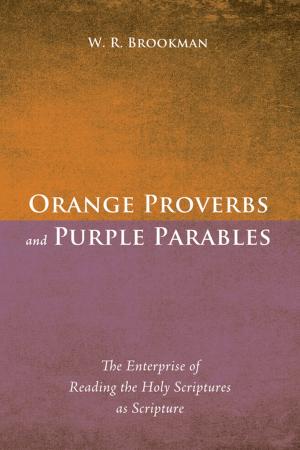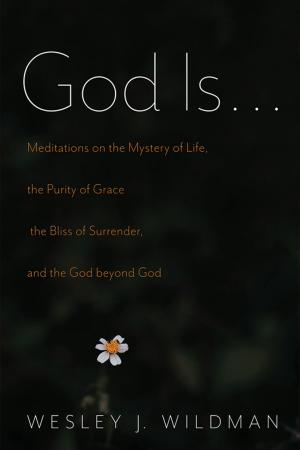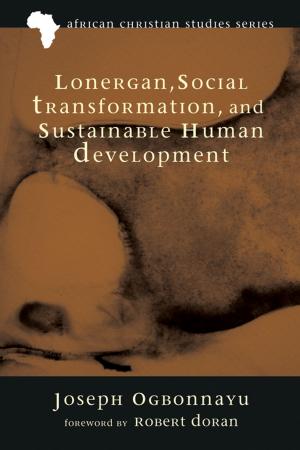Making Good the Claim
Holiness and Visible Unity in the Church of God Reformation Movement
Nonfiction, Religion & Spirituality| Author: | Rufus Burrow | ISBN: | 9781498237666 |
| Publisher: | Wipf and Stock Publishers | Publication: | February 16, 2016 |
| Imprint: | Pickwick Publications | Language: | English |
| Author: | Rufus Burrow |
| ISBN: | 9781498237666 |
| Publisher: | Wipf and Stock Publishers |
| Publication: | February 16, 2016 |
| Imprint: | Pickwick Publications |
| Language: | English |
The Church of God Reformation Movement (founded in 1881) has the distinction of having been founded on the two core principles of holiness and visible unity. Standard histories of the group proudly argue that the founder and pioneers exhibited a zeal for interracial unity that began to wane only in the early years of the twentieth century. This book rejects that claim and argues instead that little to no extant hard evidence supports that view. Moreover, Making Good the Claim argues that while blacks eagerly joined the group, they did so not because whites expended much energy evangelizing among them but because they heard something deeper in the message of holiness and visible unity than God's expectation that members achieve spiritual and church unity. Unlike most whites, blacks interpreted the message to call for unity along racial lines as well. This book challenges members of the Church of God to begin forthwith to make good their historic claim about holiness and visible unity, particularly as it applies to interracial unity.
The Church of God Reformation Movement (founded in 1881) has the distinction of having been founded on the two core principles of holiness and visible unity. Standard histories of the group proudly argue that the founder and pioneers exhibited a zeal for interracial unity that began to wane only in the early years of the twentieth century. This book rejects that claim and argues instead that little to no extant hard evidence supports that view. Moreover, Making Good the Claim argues that while blacks eagerly joined the group, they did so not because whites expended much energy evangelizing among them but because they heard something deeper in the message of holiness and visible unity than God's expectation that members achieve spiritual and church unity. Unlike most whites, blacks interpreted the message to call for unity along racial lines as well. This book challenges members of the Church of God to begin forthwith to make good their historic claim about holiness and visible unity, particularly as it applies to interracial unity.
